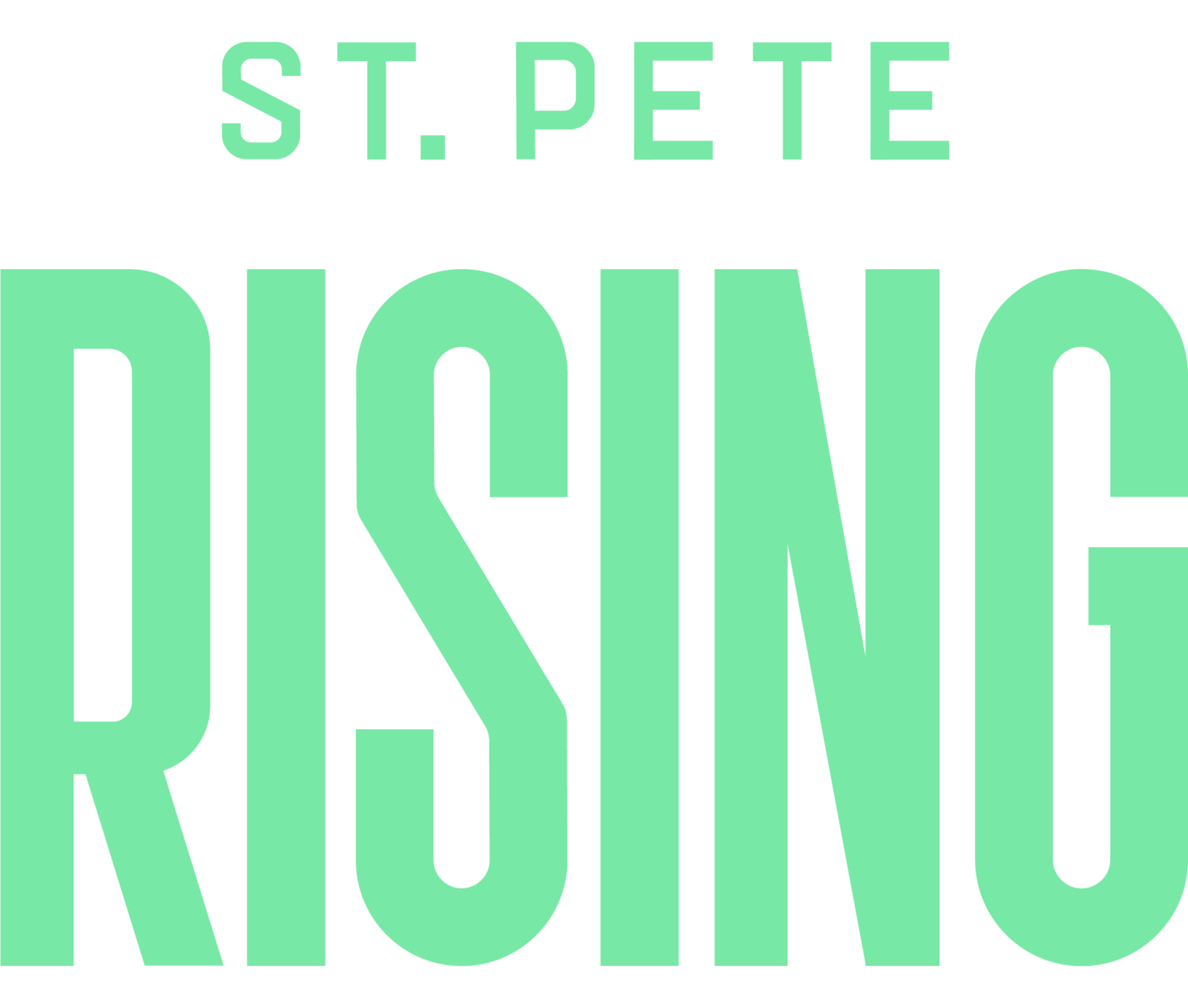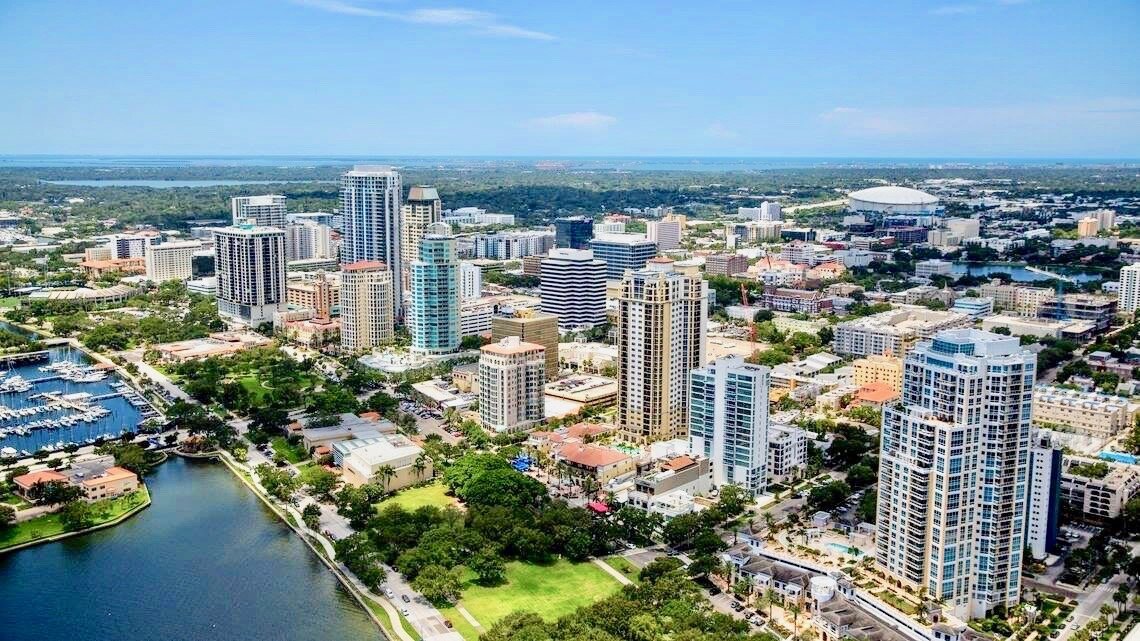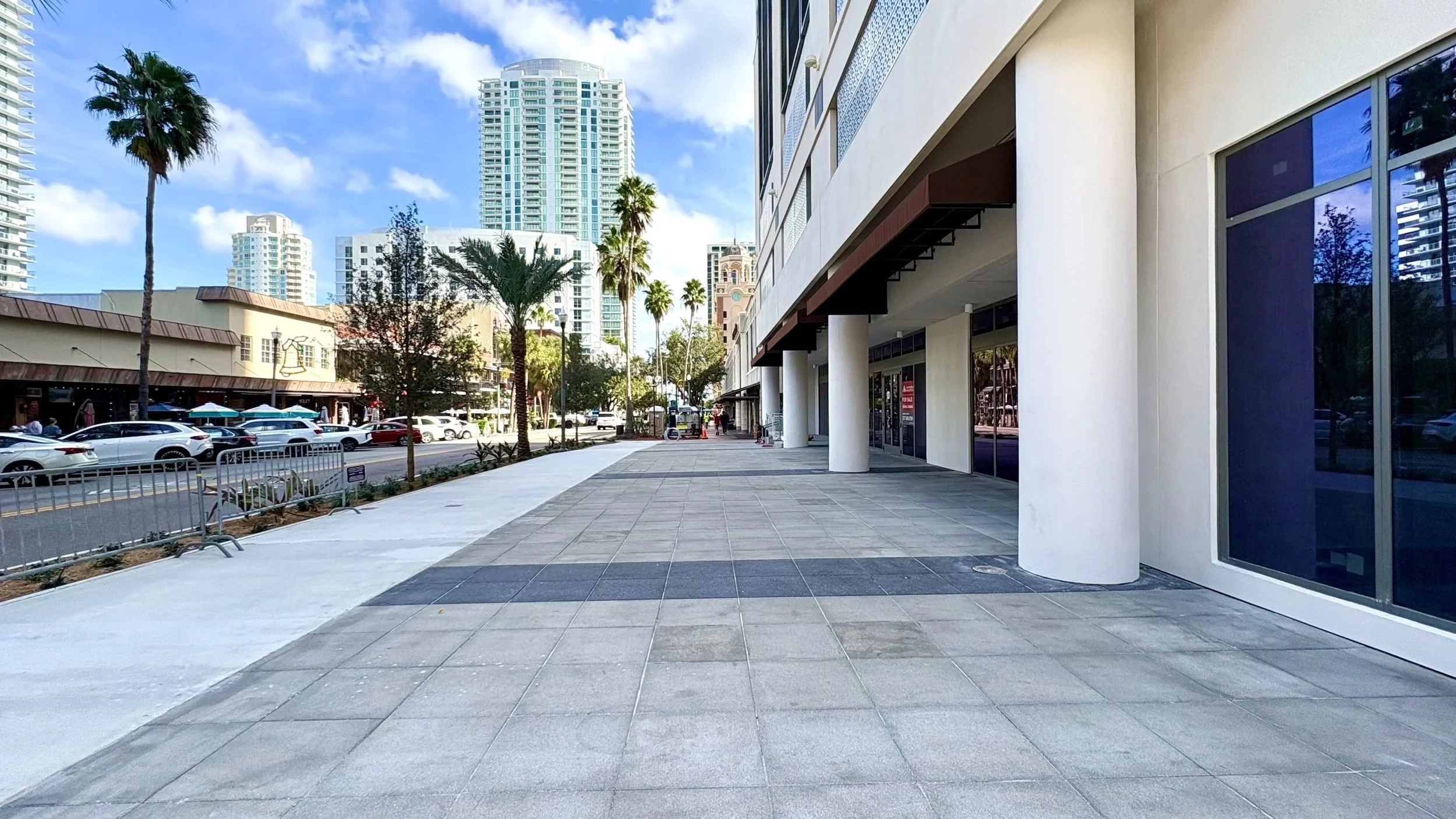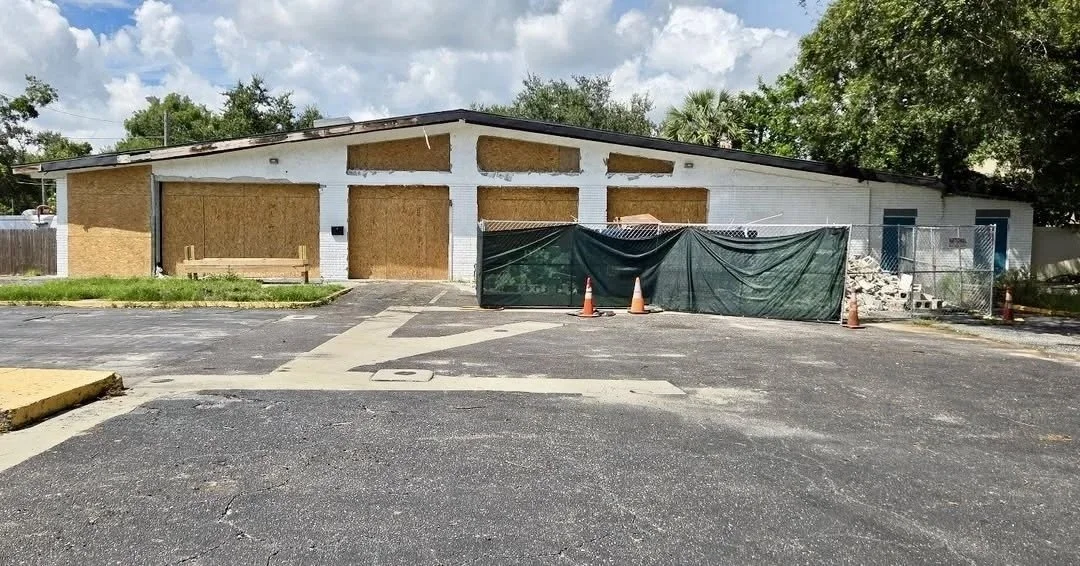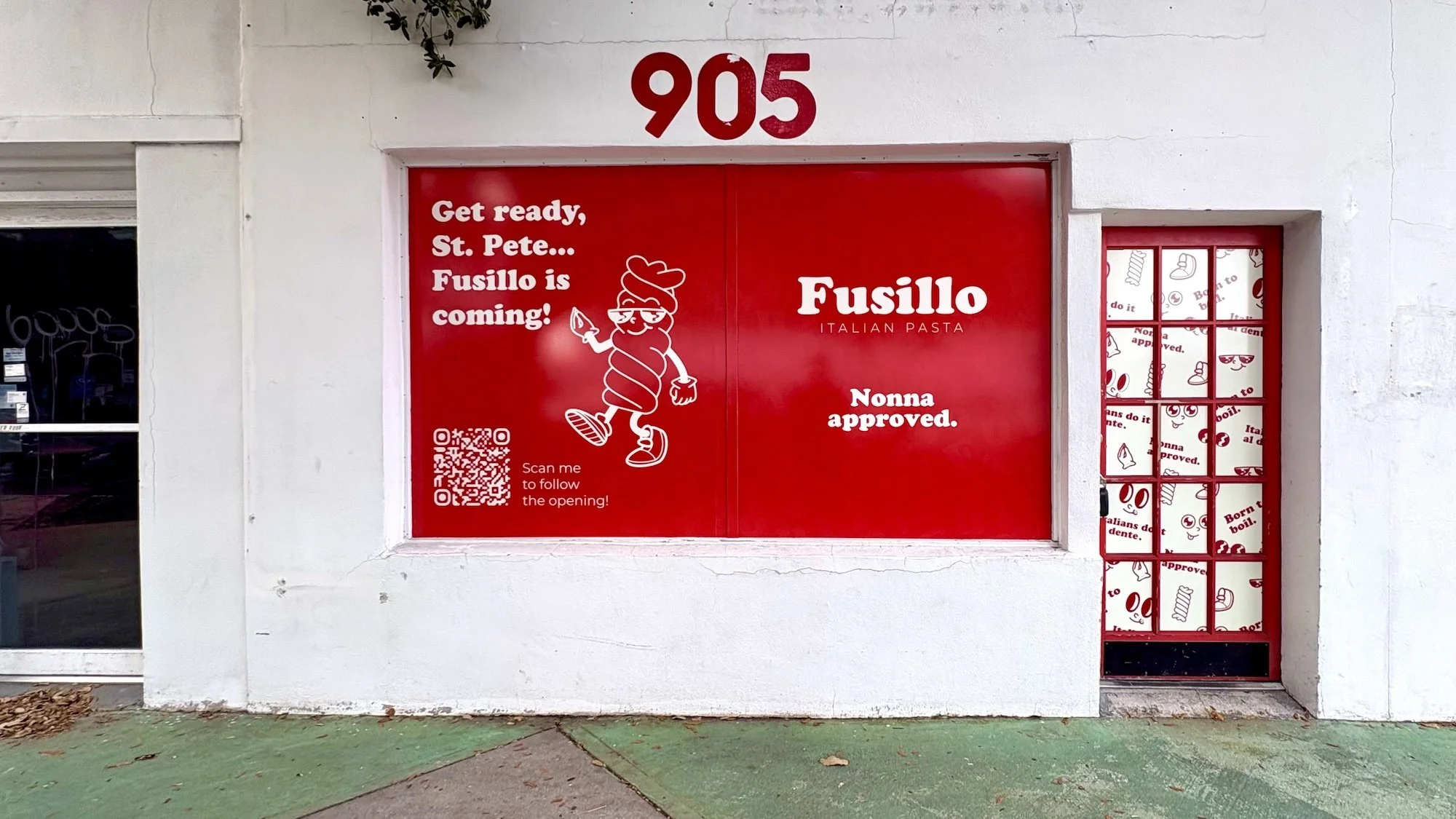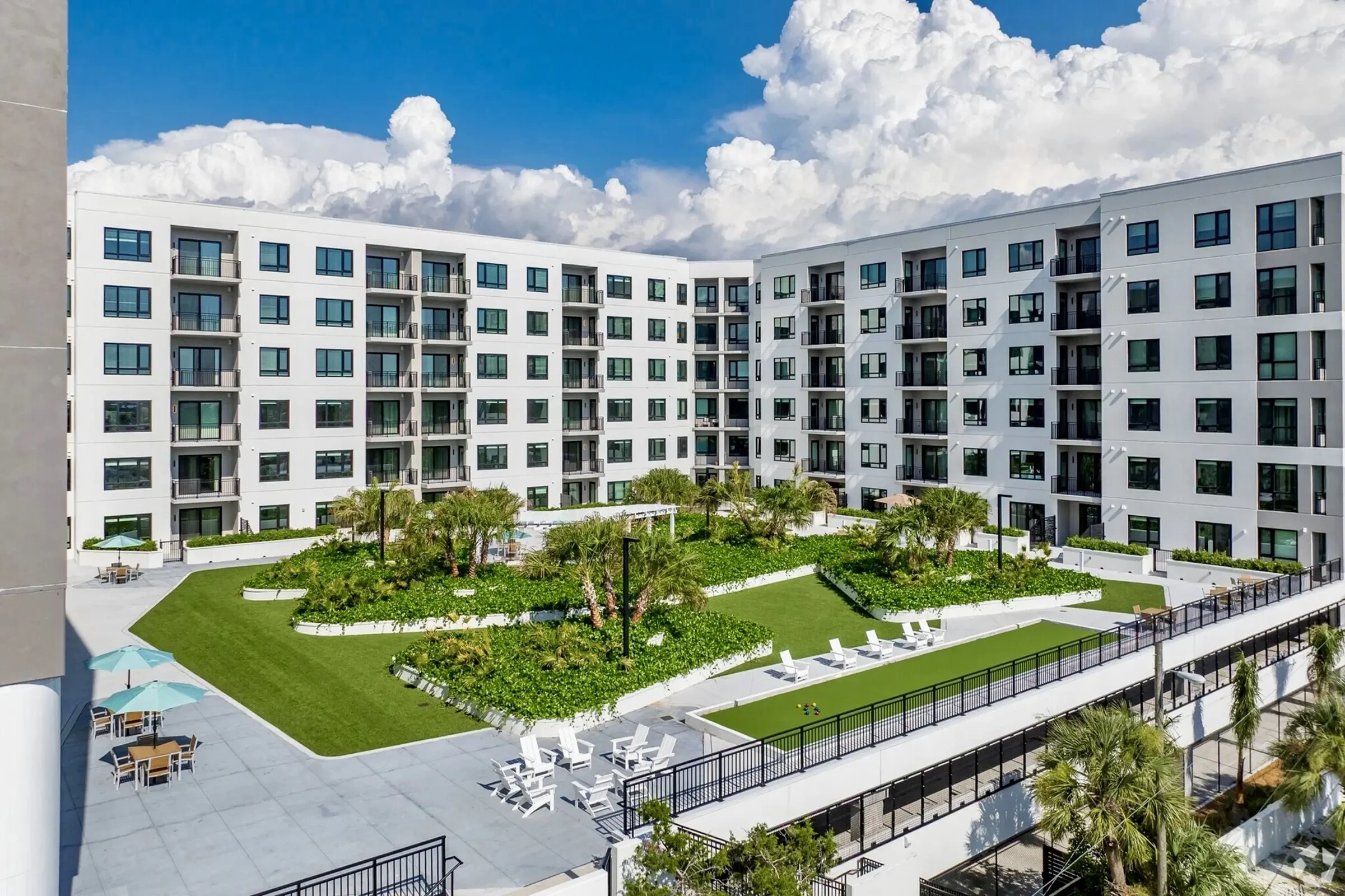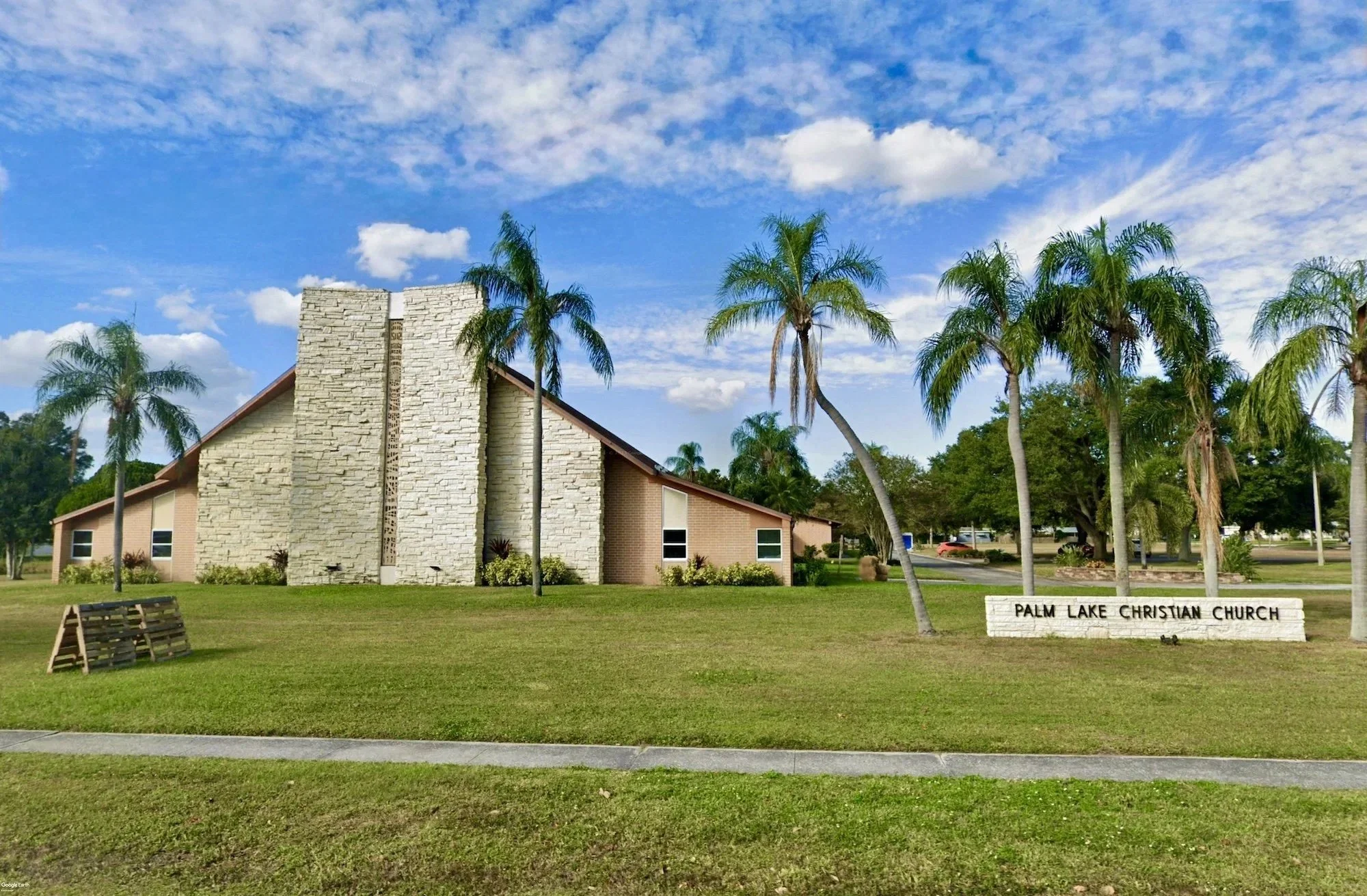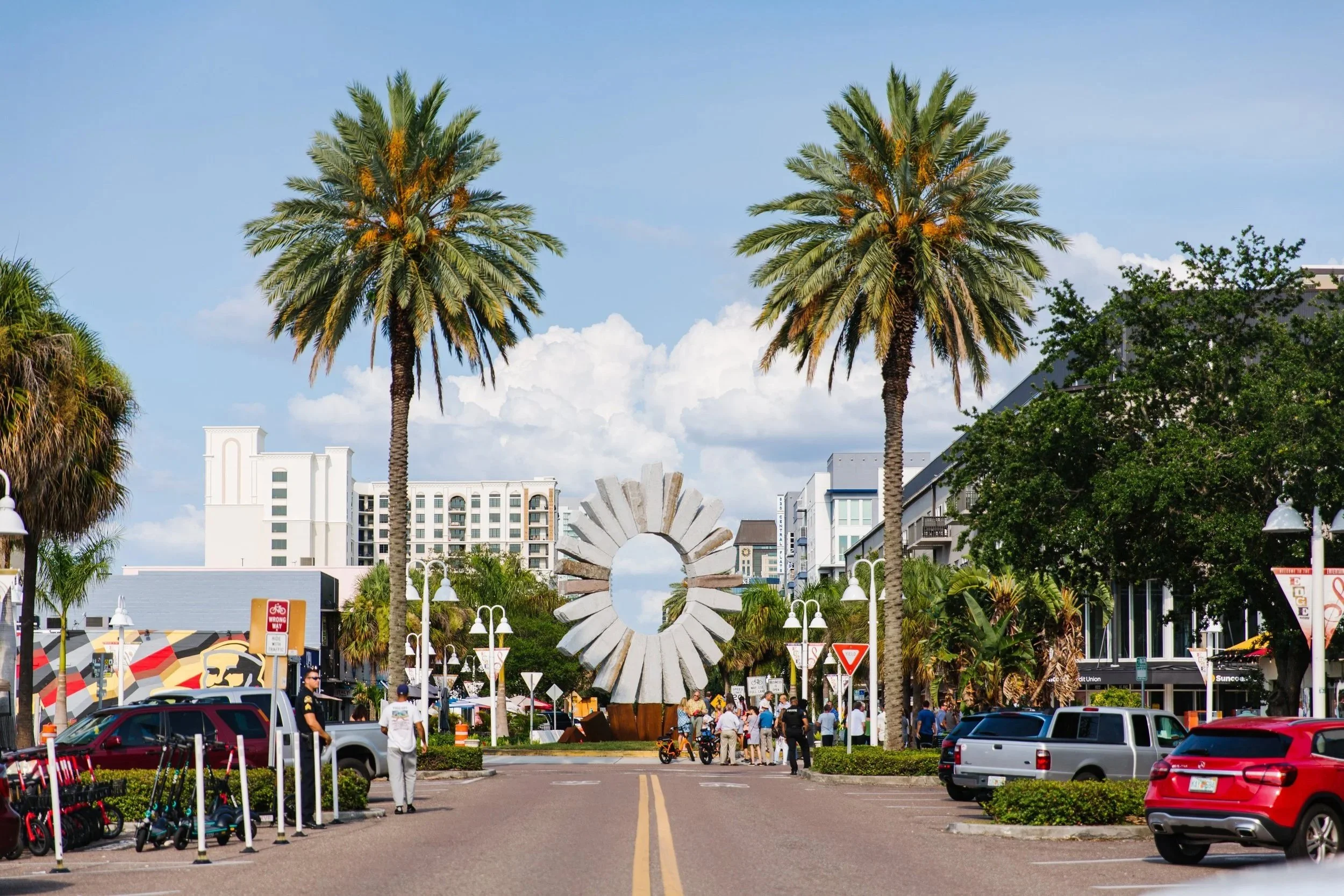Historically St. Pete: The Snell Arcade nears 100 years of prominence in downtown
/The Snell arcade in April 1939 when Walgreens was located on the first floor | Burgert Brothers
At St. Pete Rising, we are constantly providing comprehensive coverage on everything new and coming soon to the Sunshine City, but we think it’s also important to take a look back at our city's rich history.
Introducing Historically St. Pete, a new monthly column on St. Pete Rising written by Rui Farias, Executive Director of the St. Petersburg Museum of History, which will cover everything from the legend of underground mobster tunnels to the buildings and people that created the Sunshine City.
Follow us each month as we explore how these projects shaped St. Pete into the city we know and love today.
This month we delve into the history of the incredible Snell Arcade at the corner of 4th Street and Central Avenue in downtown St. Pete.
Long before C. Perry Snell’s crown jewel reached into the Sunshine City’s blue skies, the northwest corner of 4th Street and Central Avenue was known as the “The Hub of St. Petersburg’s Commercial Activities.”
The city’s original business district was located near 9th Street and Baum Avenue, but when Charles Durant opened a bakery on Central and 4th, the Durant Block was born. In 1897, as downtown continued to lure businesses from 9th Street, Arthur Norwood opened his second store on the Durant Block, connecting it to his 9th Street Store with the town’s first telephone line.
It was saltwater taffy magnate, Noel A. Mitchell, who made the corner the center of St. Pete’s universe. Soon after opening his real estate office in “Mitchell’s Corner” in 1907, the “Sandman” placed his first set of benches on the sidewalk for weary travelers to sit and learn about the property deals to be had in St. Pete. Although the original benches were not green, they soon would be.
Prior to the construction of the Snell Arcade in 1926, the corner of 4th Street and Central Avenue was home to Mitchell’s Corner, named after saltwater taffy magnate, Noel A. Mitchell | St. Petersburg Museum of History
Snell, a pharmacist, turned prolific land developer, partnered with realtor J.C. Hamlett, and purchased the corner from Mitchell in 1914 for $100,000. In the process of developing the North Shore Addition (Old Northeast), and soon Snell Isle, Snell and Hamlett moved their offices to the corner.
Snell had bigger plans for the property. In 1925 he announced the plans of a grand tower, the tallest in St. Petersburg, to be built on the corner. A few older, run-down structures were demolished, and new construction began.
Snell hired architect Richard Kiehnel – the same firm that designed the Roylat Hotel – now Stetson College of Law. A mixture of architectural styles, the Snell building tips it hat to the Mediterranean Revival style that took St. Pete by storm in the 1920s, but also includes Romanesque and gothic design.
Inside the original Snell Arcade sat Seven imported statues of Venus sat atop pedestals, and three large skylights illuminated small businesses like a barber shop, shoe repair, and candy store | ST. PETERSBURG MUSEUM OF HISTORY
The eight-story structure was designed as mixed-use – retail and office space on the lower floors, and residences above it. It also includes a basement that housed Bob’s Cafeteria. The glass blocks still embedded in the sidewalks around the building today were designed to allow light to enter the basement during the day and use the cafeteria’s electric lights to illuminate the sidewalks at night.
Even with ornate arches, finials, medallions, and moldings, two unique features of the building are the roof-top terrace and ground-level arcade.
The rooftop terrace featured Bob’s Spanish Village, an open-air night spot. During the Prohibition years, it became the world’s worst speakeasy. Music and partygoers could be heard throughout downtown, but this is St. Petersburg. Residents and visitors considered Prohibition laws more as guidelines.
The Snell Arcade still stands today in all of it’s historic glory complete with ornate arches, finials, medallions, and moldings | Smith & Associates
Snell spared no expense in making sure his arcade was like no other in the city. A cut-through from Central Avenue to the Open Air Post Office, Italian, Spanish and Cuban tiles were used freely. Seven imported statues of Venus sat atop pedestals, and three large skylights illuminated small businesses like a barber shop, shoe repair, and candy store. Perhaps its greatest treasure, an Italian mosaic of Baldassare Longhea’s Santa Maria della Salute, was uncovered during renovations in the 1980s.
Snell turned down an offer to sell the building and mortgaged it to help pay for his Snell Isle development. Unable to make good on the mortgage, Snell lost the building at the height of the Great Depression in 1933.
Placed on the National Register of Historic Places in 1982, the Snell Arcade is a testament to the vision and drive of a man that developer Walter Fuller once explained “deliberately impoverished himself in the pursuit of beauty.”
Read more stories on St. Petersburg’s rich history here.
